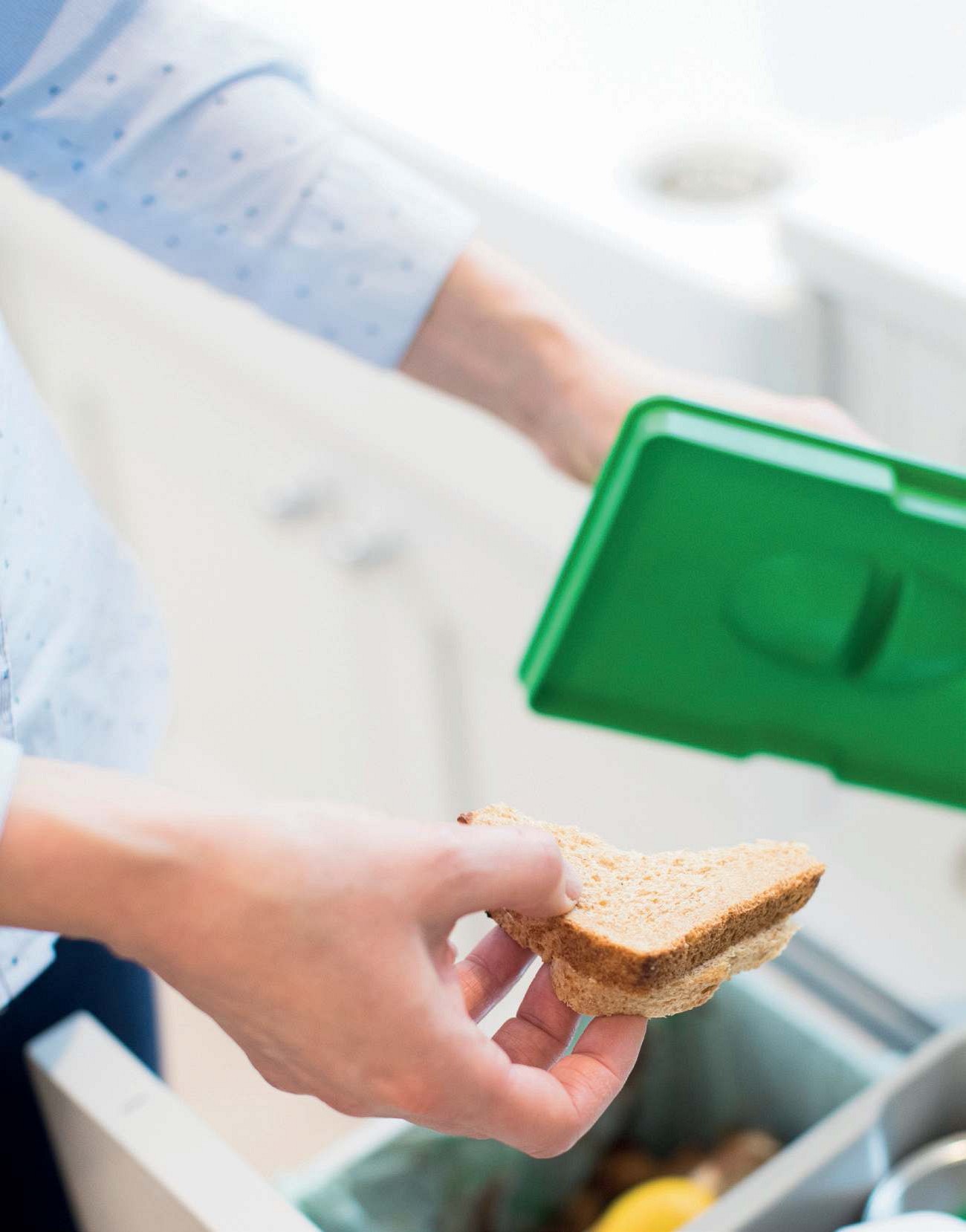
Food is something that we cannot live without, but like most things in our modern world, it has become a commodity. As a nation, we spend billions of pounds every year producing, selling and buying food and drink. High streets are dominated with restaurants and supermarkets galore, our fridges sit stuffed with fresh goods, and we can order takeaways at the click of a button. Yet, every day, 795 million people on the planet suffer from chronic hunger (United Nations World Food Programme). What makes this worse, is that so many of us eat or buy in abundance, gorging ourselves until we’re full, chucking the bits we can’t stomach into the bin, without so much as a second thought. Restaurants and shops are guilty too, producing incredible amounts of food waste on a daily basis. We have to start rethinking our approach to what we eat. Scraps and leftovers don’t have to be wasted, and there are lots of ways that you can reduce your own food footprint. However, it is not just the amount that we consume and waste that causes so many problems, it is what we choose to eat and drink, too. Humans have become accustomed to buying ‘attractive’ fruit and veg, boycotting misshapen produce, and there are certain foods and drinks that are more unsustainable to produce than others. We look into these issues and discover the ways we can start to tackle the problem of what we put on our plates, and what we throw away.